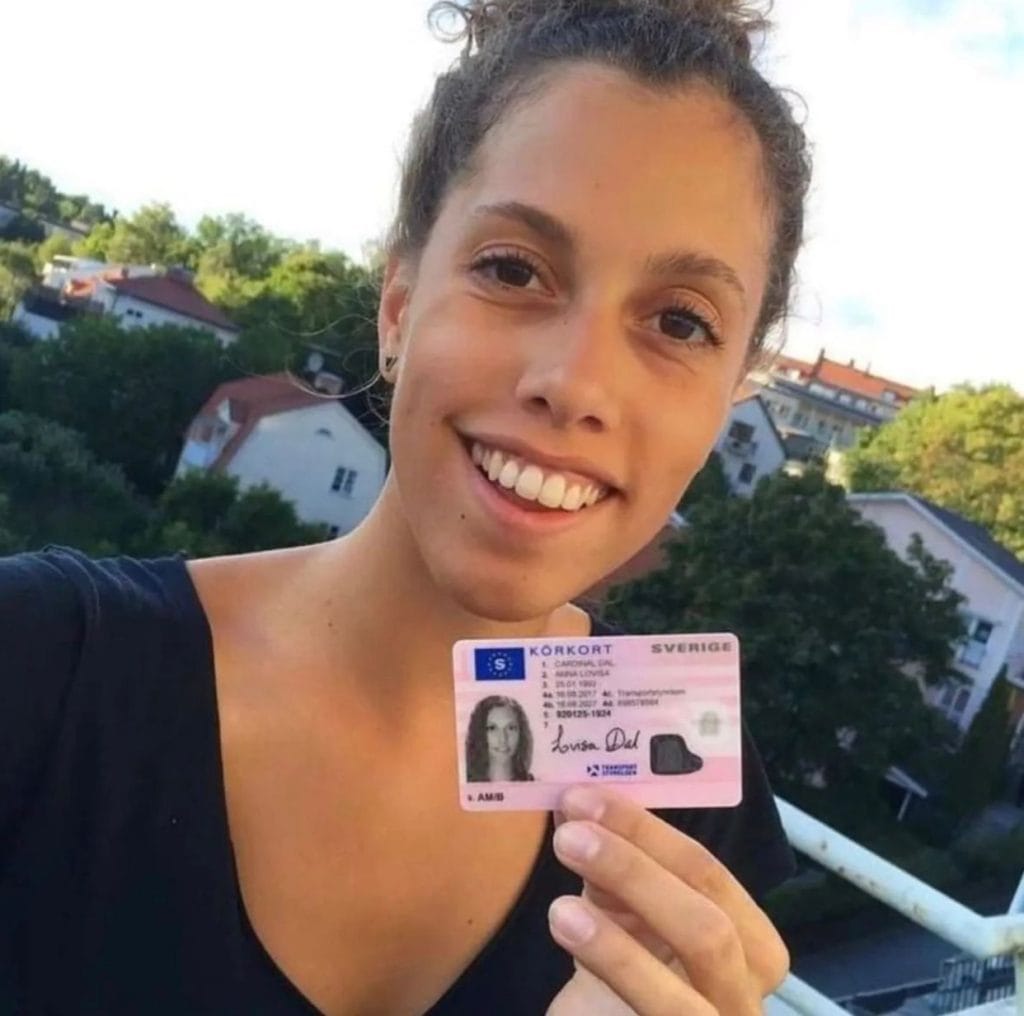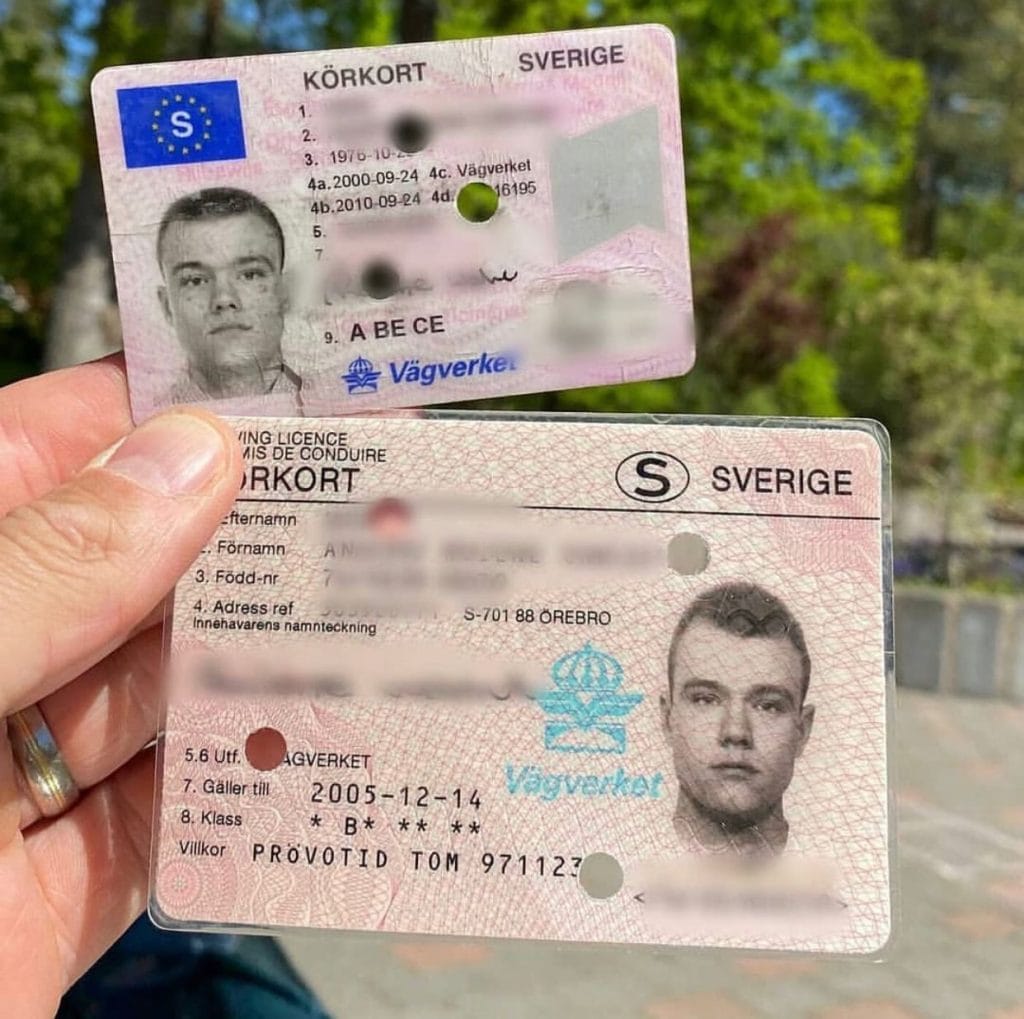The 12 Most Popular Buy A1 Driving License Accounts To Follow On Twitt…
페이지 정보
작성자 Mavis Enticknap 작성일25-08-14 10:37 조회9회 댓글0건관련링크
본문
The Comprehensive Guide to Legally Obtaining a Driving License
Driving is a basic skill for numerous, providing the freedom to travel where and when you want, often making life easier and satisfying. Nevertheless, acquiring a driving license is a process that needs understanding, köP Svenskt Körkort persistence, and adherence to legal treatments. This guide intends to offer a detailed introduction of the actions one need to follow to legally obtain a driving license, highlighting essential considerations and regularly asked concerns to guarantee a smooth and hassle-free experience.
Understanding the Basics
Before diving into the application procedure, it's essential to understand the basic requirements and types of driving licenses offered. Driving laws differ considerably from country to nation, and even within various states or provinces within the exact same country. Typically, there are a number of kinds of driving licenses, consisting of:
- Learner's Permit: This is often the initial step while doing so, allowing new motorists to gain experience under supervision.
- Provisionary License: Issued after passing a standard driving test, this license normally comes with constraints and is a stepping stone to a complete license.
- Complete Driver's License: Once all the essential requirements are satisfied, motorists can obtain a complete license, which offers total driving privileges.
- Business Driver's License (CDL): Required for those who wish to operate commercial automobiles, such as trucks or buses.
Steps to Obtain a Driving License
1. Research Local Driving Laws
The primary step in acquiring a driving license is to investigate the particular requirements in your area. Visit the main site of your regional Department of Motor Vehicles (DMV) or equivalent company to discover comprehensive details about the licensing procedure, including age restrictions, needed files, and costs.
2. Prepare Required Documentation
Each jurisdiction has its own set of files that need to be submitted to request a driving license. Commonly needed files consist of:
- Proof of Identity: A passport, birth certificate, or state-issued ID.
- Evidence of Residency: Utility bills, lease arrangements, or other main files that validate your address.
- Social Security Number (if applicable): In some countries, a social security number or equivalent is required for identification.
- Vision Test Results: Some places need a vision test before issuing a student's license or license.
3. Take a Driver's Education Course
Many states and countries need new drivers to complete a driver's education course. These courses are developed to teach the rules of the road, traffic laws, and safe driving practices. They can be finished online or in a classroom setting and often consist of both theoretical and practical components.
4. Apply for a Learner's Permit
As soon as the required documents is prepared and the driver's education course is finished, the next step is to apply for a learner's authorization. This usually involves checking out the DMV or sending an application online. You will likewise require to pass a written test that covers traffic laws and driving knowledge.
5. Practice Driving
With a learner's permit, you can start practicing driving under the guidance of a certified grownup. This is a vital action in developing your self-confidence and abilities behind the wheel. It's likewise essential to gain experience in numerous driving conditions, such as night driving, highway driving, and driving in severe weather.
6. Schedule and Pass the Driving Test
After getting adequate driving experience, you can arrange a driving test with the DMV. The test will examine your ability to safely run a car and follow traffic laws. You will need to bring a properly signed up and insured vehicle to the test, and the inspector will examine your driving abilities on an established route.
7. Look for a Provisional License
If you pass the driving test, you will usually receive a provisionary license. This license might include limitations, such as a curfew or a limitation on the variety of guests you can have in the lorry. These constraints are developed to lower the danger of accidents and assist new chauffeurs acclimate to the roadway.
8. Upgrade to a Full License
When you have actually held a provisional license for the necessary duration and fulfilled any extra requirements, you can upgrade to a full driver's license. This process generally includes a simple application and may need a retest or extra paperwork.
Tips for a Successful Application
- Start Early: Begin the process as soon as you meet the age requirement to provide yourself sufficient time to prepare.
- Stay Informed: Keep up-to-date with any modifications in driving laws or DMV procedures.
- Practice Regularly: Consistent practice is key to constructing confidence and improving your driving skills.
- Stay Calm During the Test: Anxiety can impact your performance, so take deep breaths and remain focused.
- Follow DMV Instructions: Pay close attention to the guidelines supplied by the DMV and the examiner throughout your test.
Frequently Asked Questions (FAQs)
Q: What is the minimum age to request a student's permit?
A: The minimum age differs by jurisdiction. In the United States, it normally varies from 15 to 16 years of ages. In the UK, the minimum age is 17. Examine your local DMV site for particular information.

Q: Can I look for a driver's license online?
A: Some jurisdictions allow you to finish parts of the application process online, such as submitting types and scheduling tests. Nevertheless, you will generally require to check out a DMV workplace face to face to submit needed documents and take the driving test.

Q: What occurs if I stop working the driving test?
A: If you stop working the driving test, you can typically retake it after a specific duration. This period varies by place, but it is often a few weeks. It's an excellent idea to practice more before retaking the test to improve your possibilities of success.
Q: Can I drive alone with a learner's authorization?
A: No, a learner's authorization usually requires you to be accompanied by a licensed adult, typically over 21 years old, who is seated in the front passenger seat.
Q: Is a vision test needed to get a driving license?
A: Yes, the majority of jurisdictions require a vision test to ensure that you can securely run a car. You can generally take this test at the DMV or with an approved eye doctor.
Q: How long does it require to get a full driver's license?
A: The time required to get a complete driver's license varies depending on your jurisdiction and the particular steps involved. Usually, it can take numerous months, consisting of the time needed to finish a driver's education course, hold a learner's authorization, and pass the driving test.
Q: Can I utilize a provisional license to drive for work?
A: It depends on the limitations placed on your provisionary license. Some provisional licenses permit you to drive for work, while others might have specific limitations. Inspect your license for details or get in touch with the DMV for information.
Q: What is the distinction in between a learner's license and a provisionary license?
A: A student's authorization is the very first phase of the licensing procedure and permits you to drive just under supervision. A provisional license, on the other hand, grants you more driving benefits but may still have some constraints, such as a curfew or traveler limitations.
Q: Can I make an application for a business driver's license (CDL) without a complete driver's license?
A: No, you normally require a complete driver's license before requesting a CDL. A CDL is a customized license that needs additional training and testing, and it is just released to those who have actually shown the ability to safely run a basic car.
Q: What should I do if I lose my driving license?
A: If you lose your driving license, you must report it to the DMV and get a replacement. You may need to provide proof of identity and pay a cost. It's also a good idea to alert your insurance provider and any other appropriate celebrations.
Acquiring a driving license is a considerable milestone that opens up new opportunities and increases self-reliance. By following the actions outlined in this guide and remaining informed about local laws and requirements, you can make sure a smoother and more successful licensing process. Keep in mind that driving is a serious duty, and putting in the time to discover and practice is essential for your safety and the security of others on the roadway.
